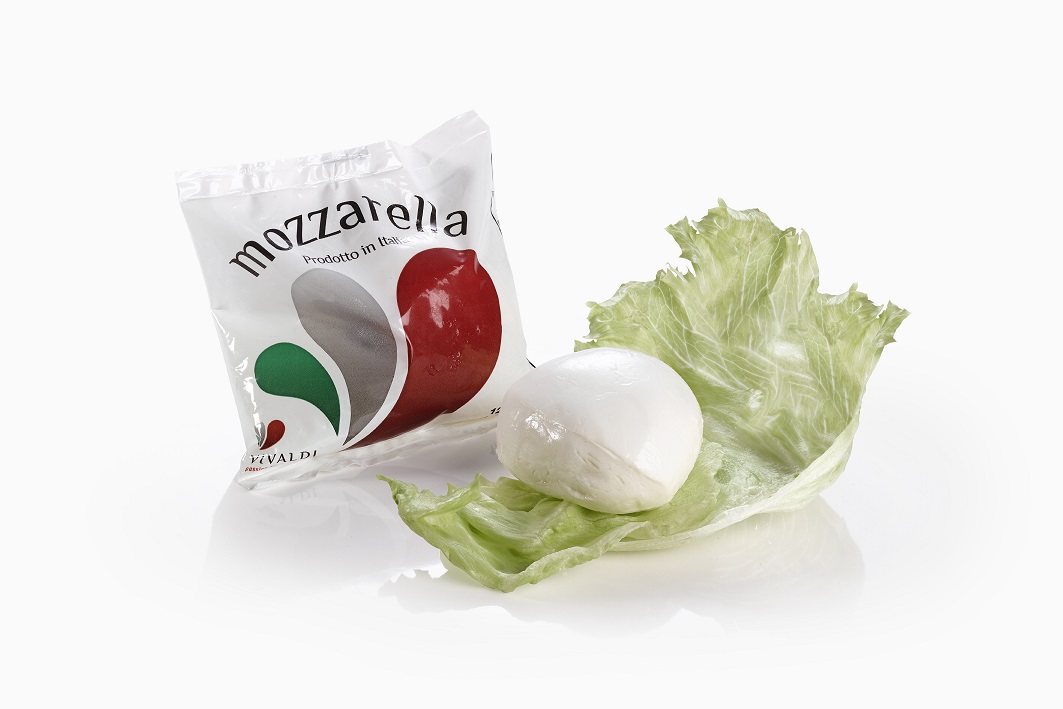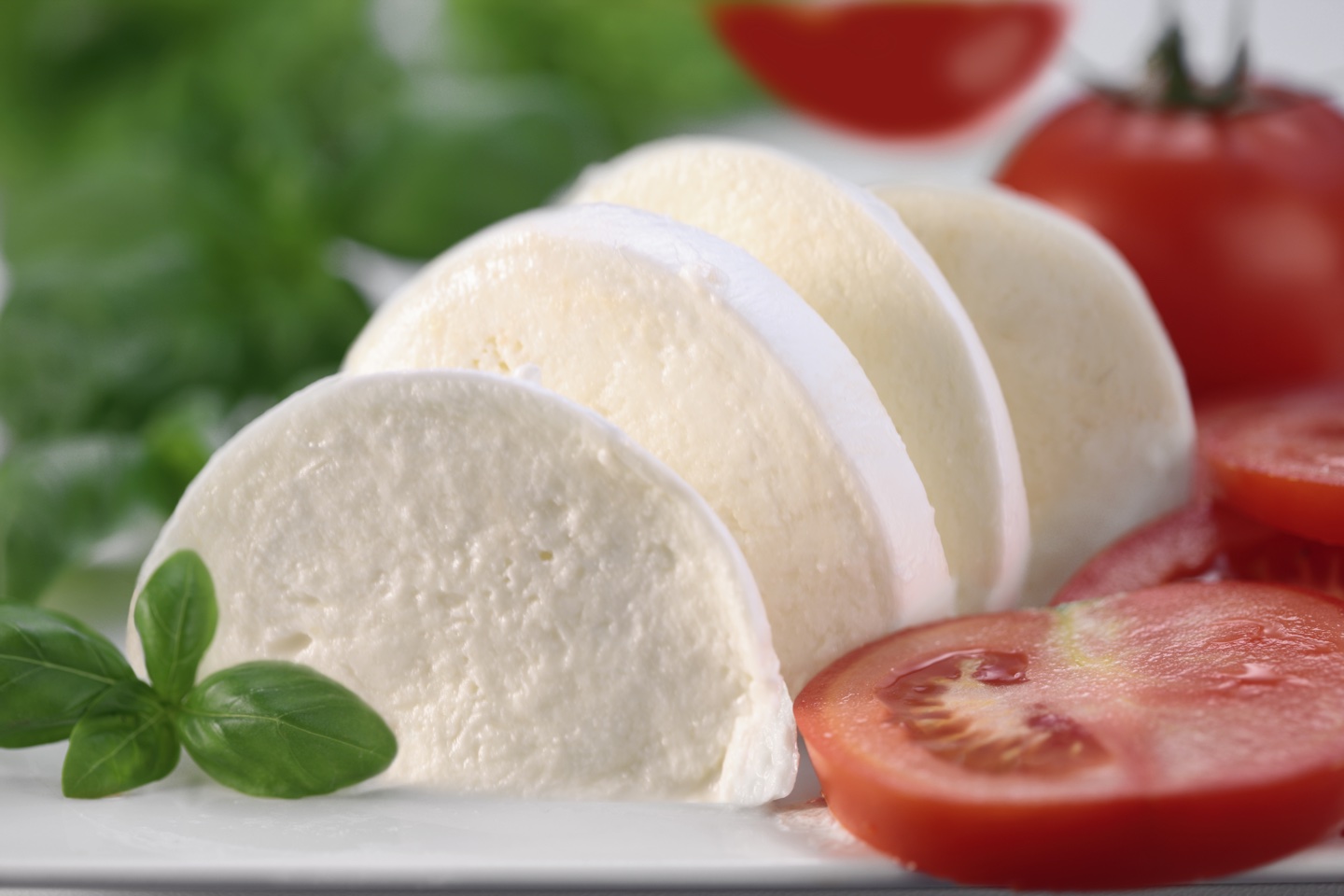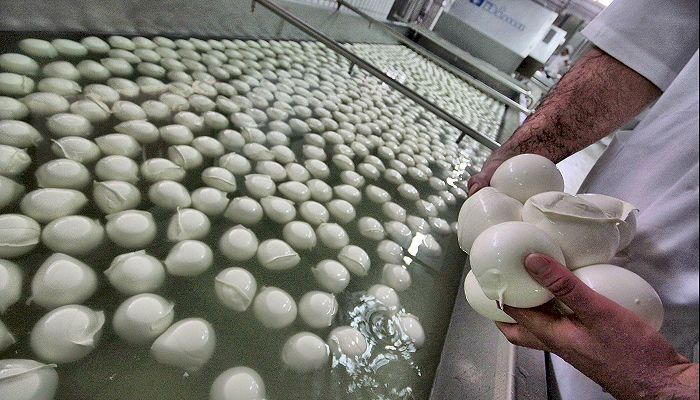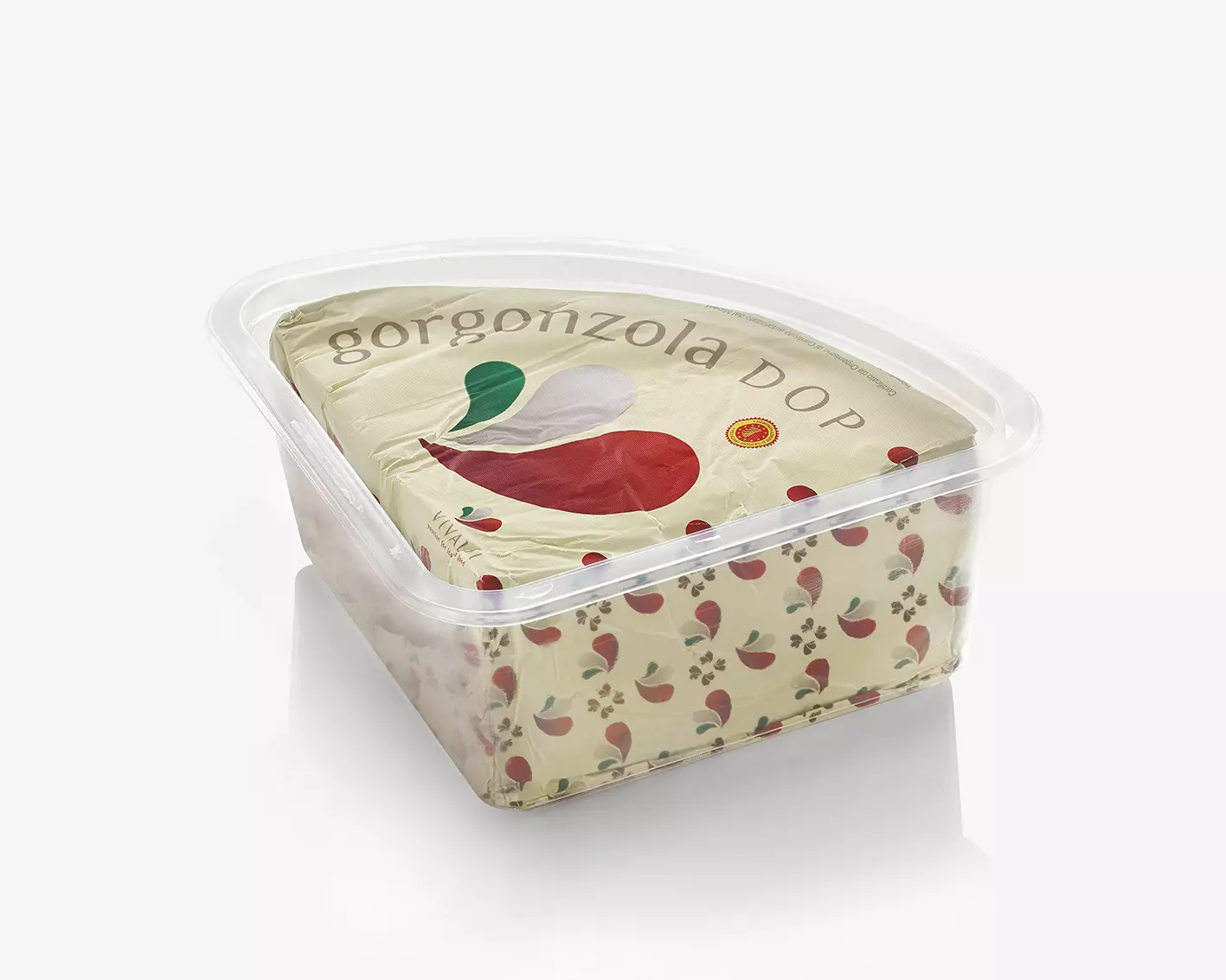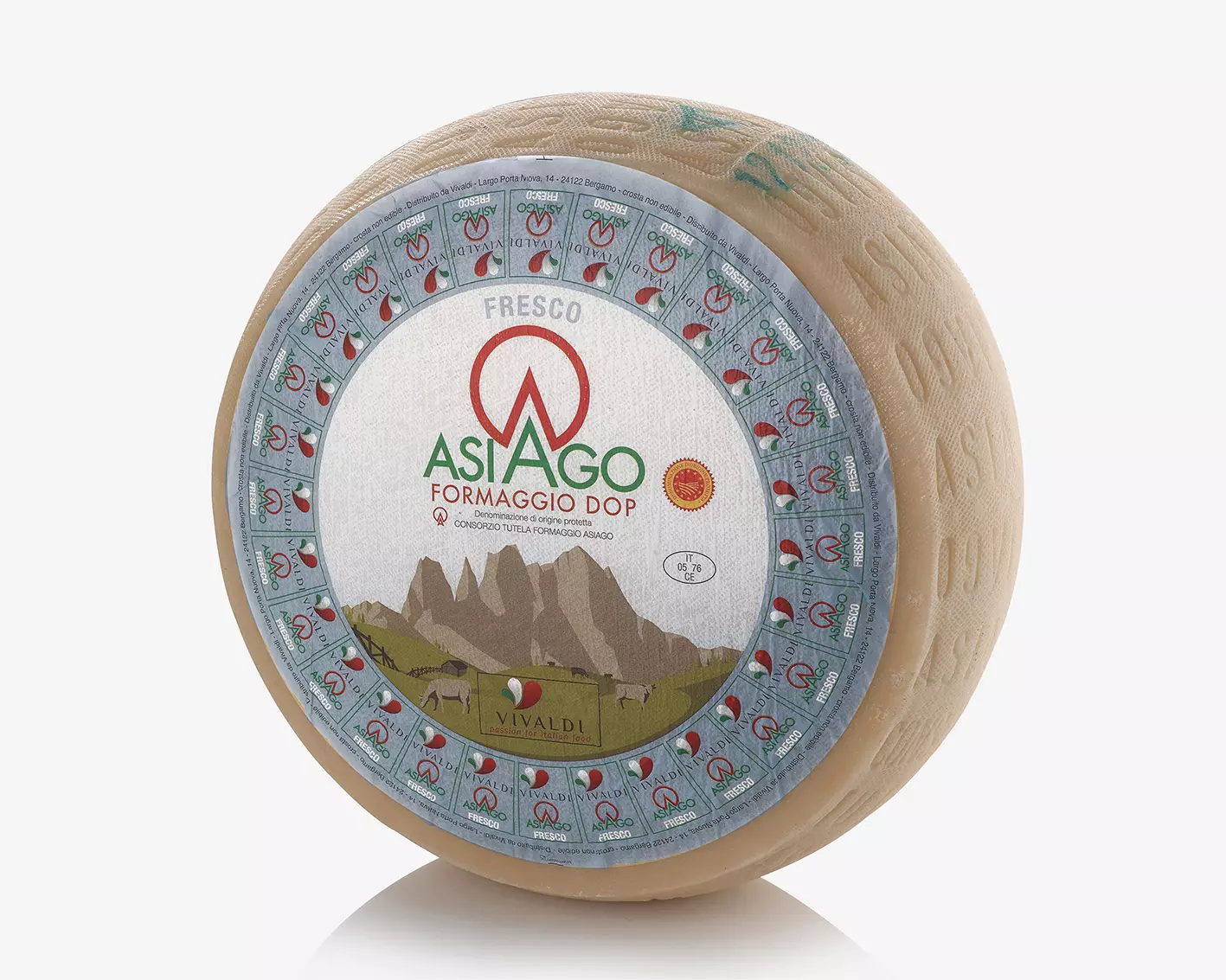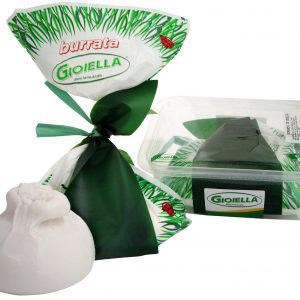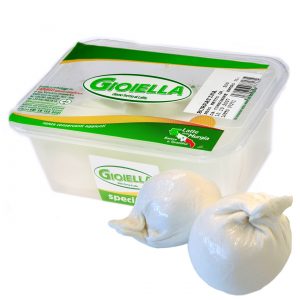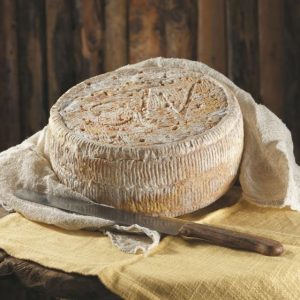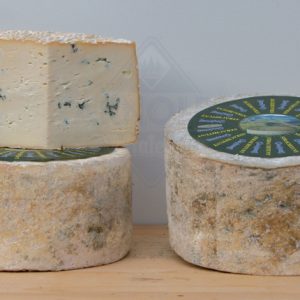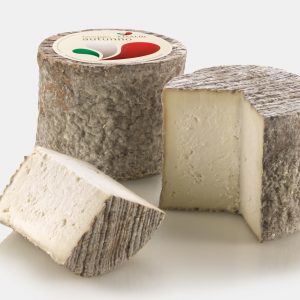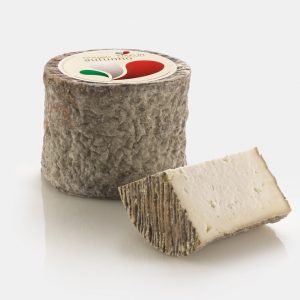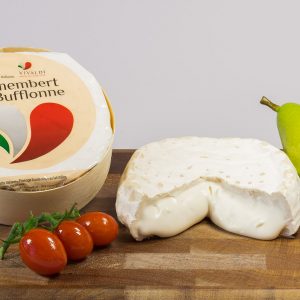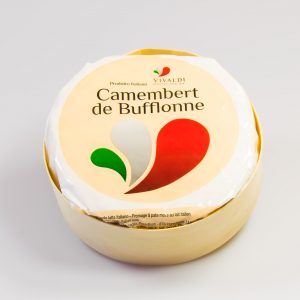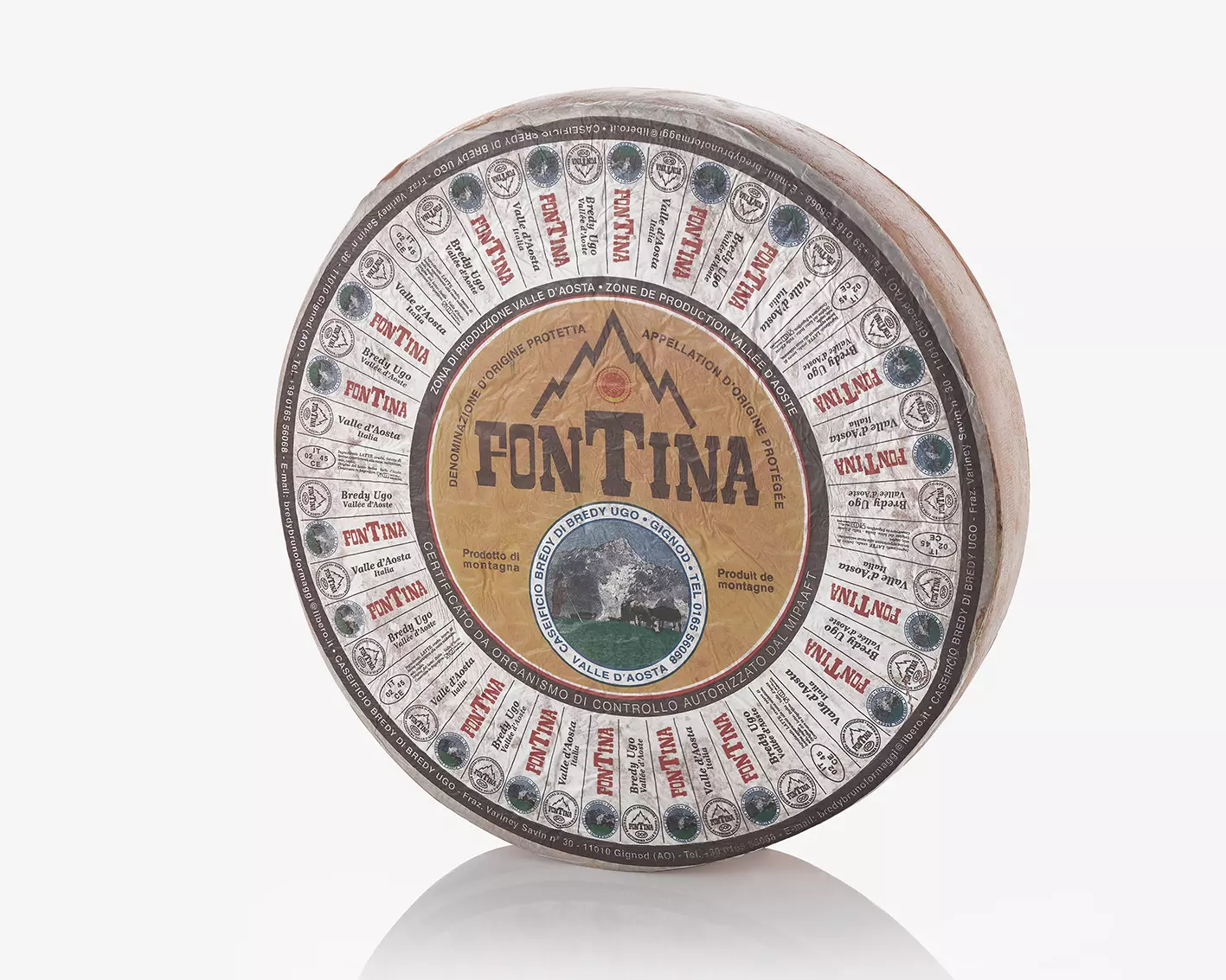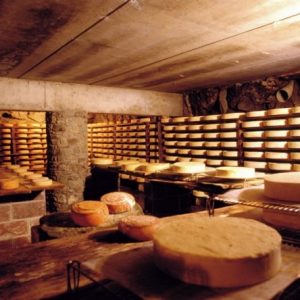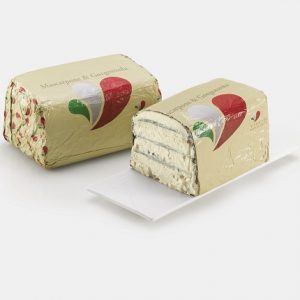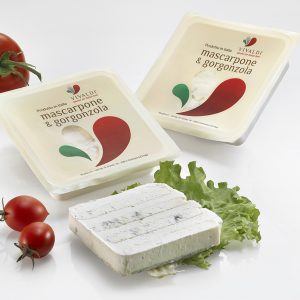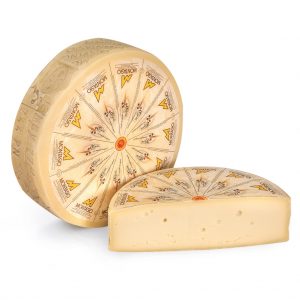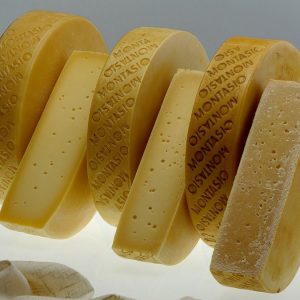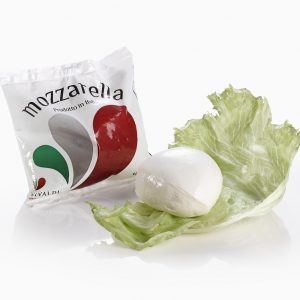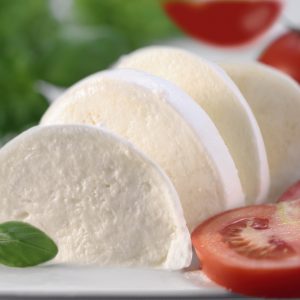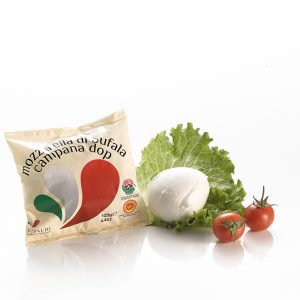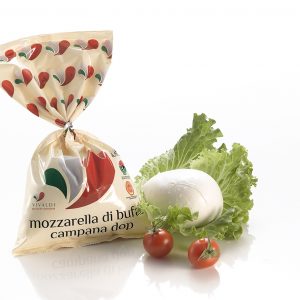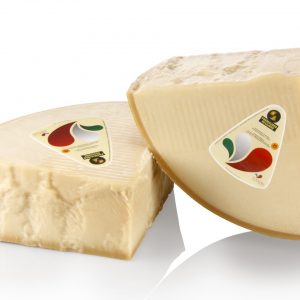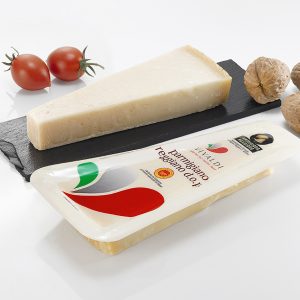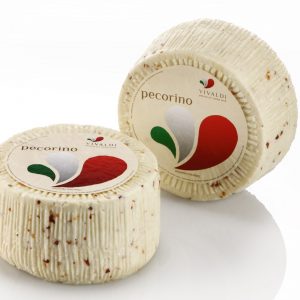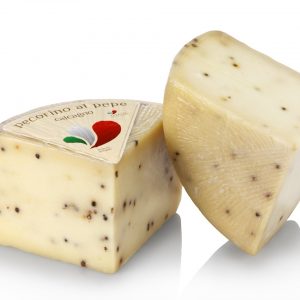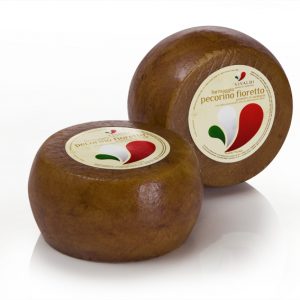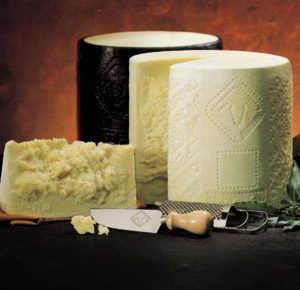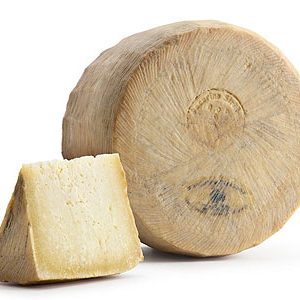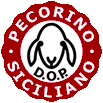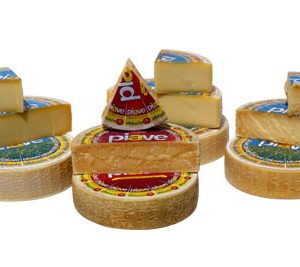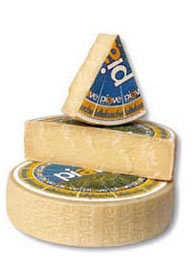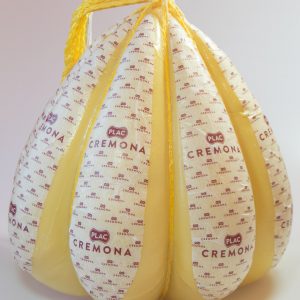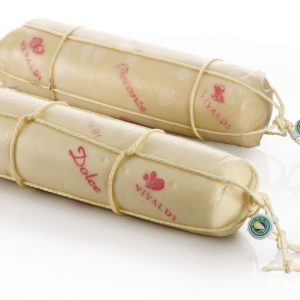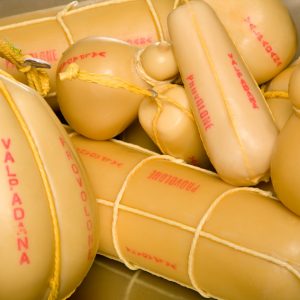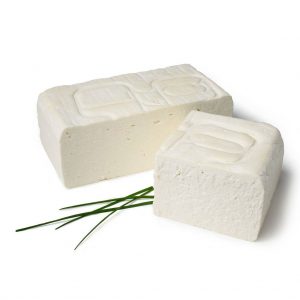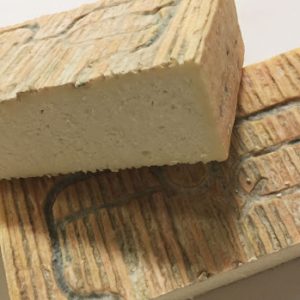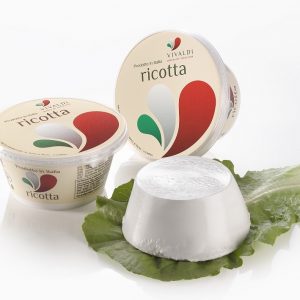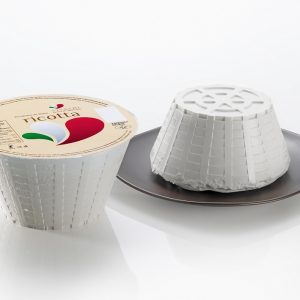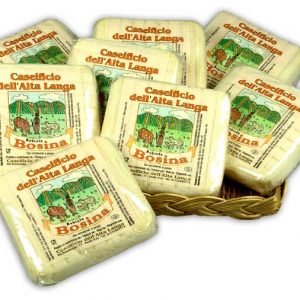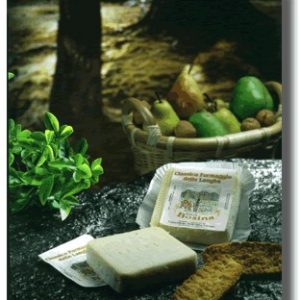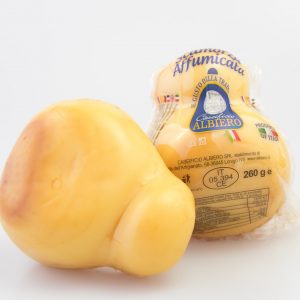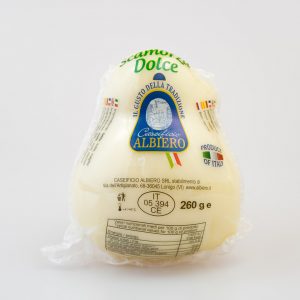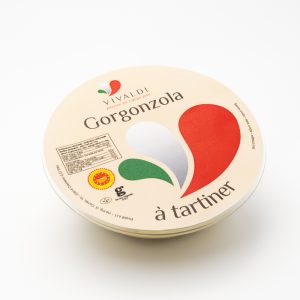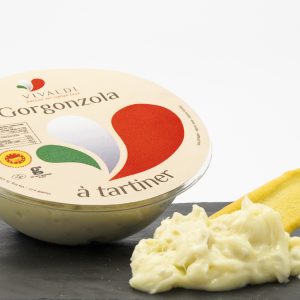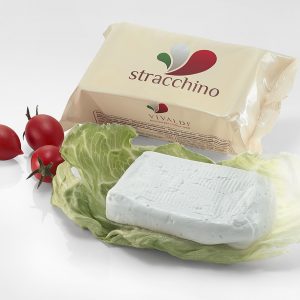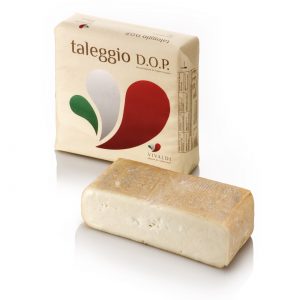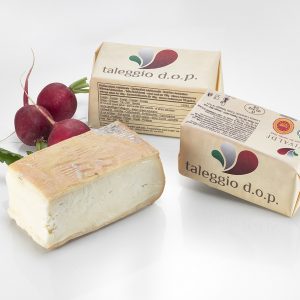Mozzarella
A fresh cheese with a soft and stretched paste, it has its origins in southern Italy during the Middle Ages. Its name comes from the term “mozzatura”, the practice of the cheese maker of breaking off a piece of stretched paste with his thumb and index finger to form a “mozzarella”. Today this artisanal technique, like the whole production process, has been replaced by modern industrial technologies which as well as allowing a greater and more standard production, guarantee that the hygiene and health regulations laid down by the Ministry of Health are respected.
Calf rennet and milk enzymes or citric acid are added to pasteurized cow’s milk and left to coagulate at 34 – 38° C. The curd that is produced is broken down and left to acidify under whey; this phase in particular is very important, as the duration of the acidification will produce specific characteristics for the Mozzarella.
Description
Mozzarella
Mozzarella – The paste is then left to mature for about 20-30 minutes, during which the whey is drained off and then plunged into boiling water. The paste is then stretched which will then go directly to the phase of shaping. Lastly, the Mozzarellas are plunged into cold pasteurized water at 4 °C and sent to the packaging machines which package them with a liquid. Consisting of salted water and citric acid, this liquid mainly has two functions; it prevents the formation of the rind and helps the formation of a “skin” with a soft, smooth and shiny consistency and an even appearance.
Mozzarella cheese is characterized by a paste with a fibrous structure, which releases a milky liquid when cut or under light pressure; it has a soft consistency, is slightly elastic and a flavoursome, fresh and mildly acidulous flavour. It can be used in particular to prepare salads and cold dishes, such as “Caprese salad” with fresh tomatoes. A special product is used for pizzas; “mozzarella for pizza”, a name with a legal value, which corresponds to a product with the same characteristics as normal mozzarella, but with less water and a lower fat content (15-20% against 20-25% in the table cheese).

